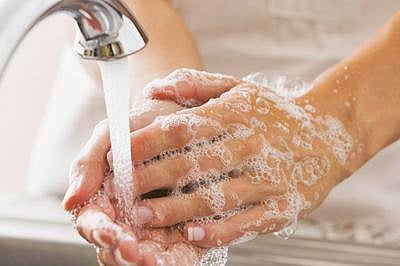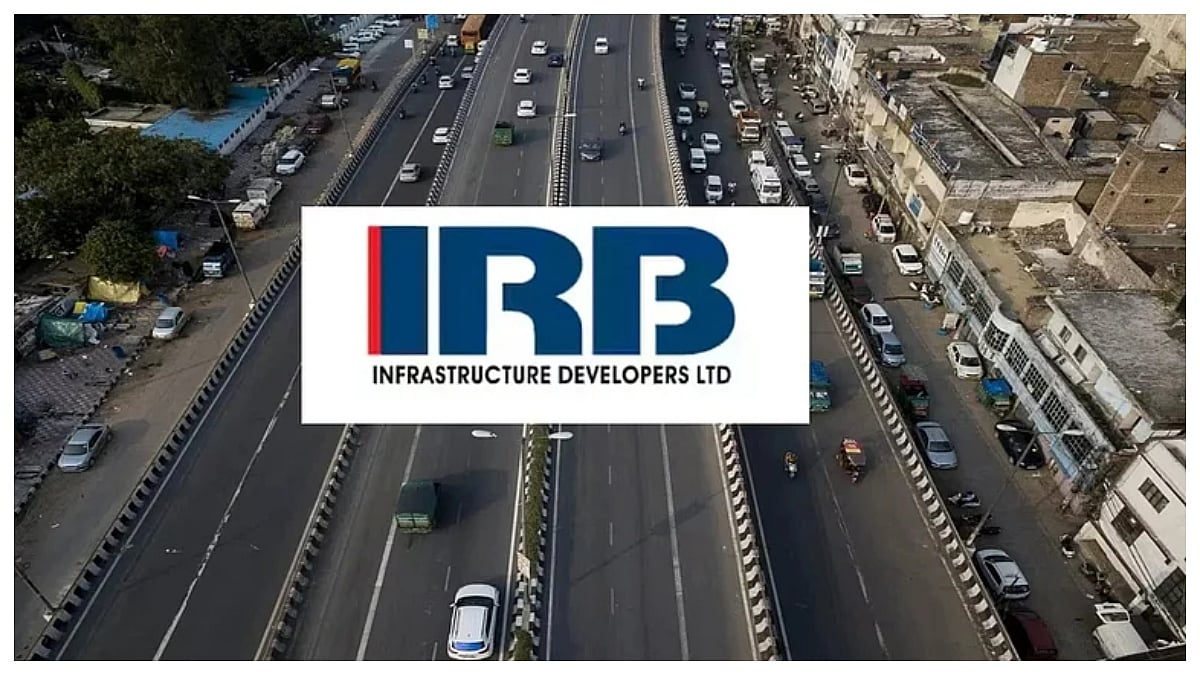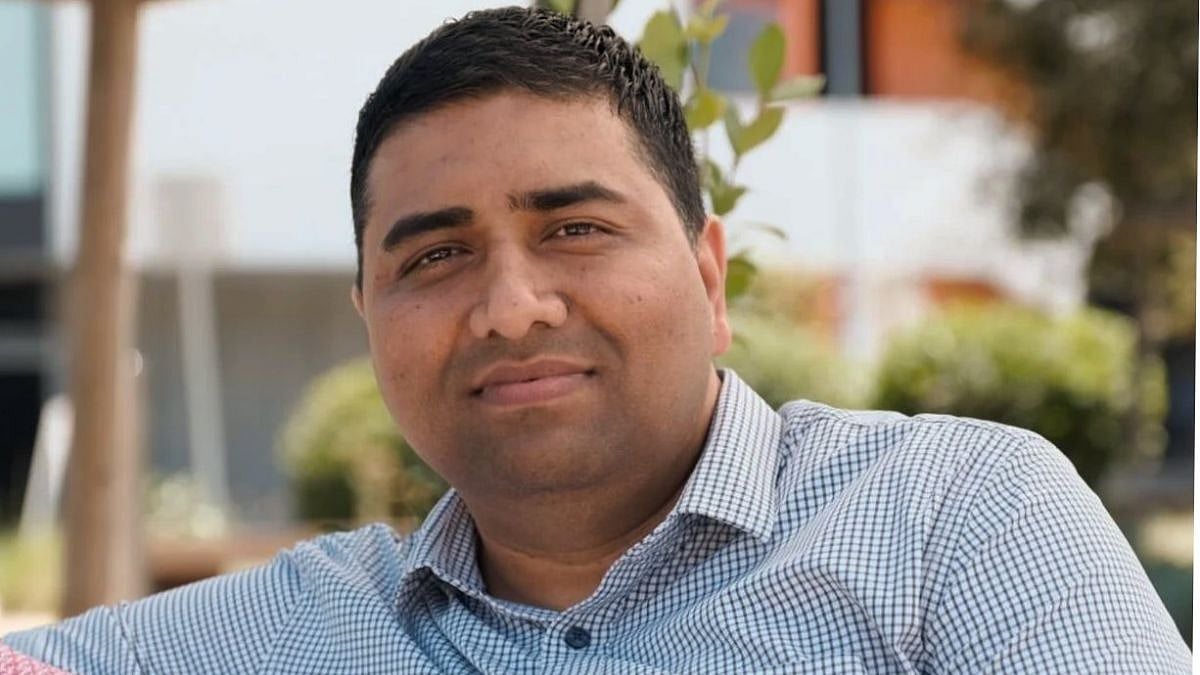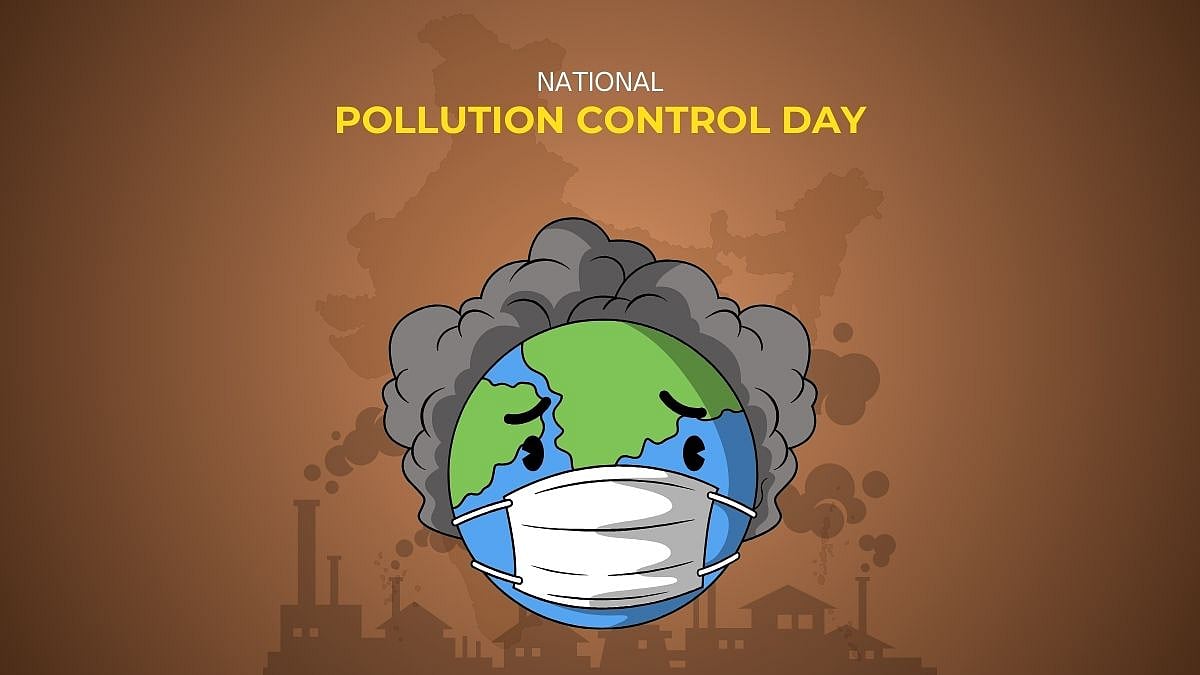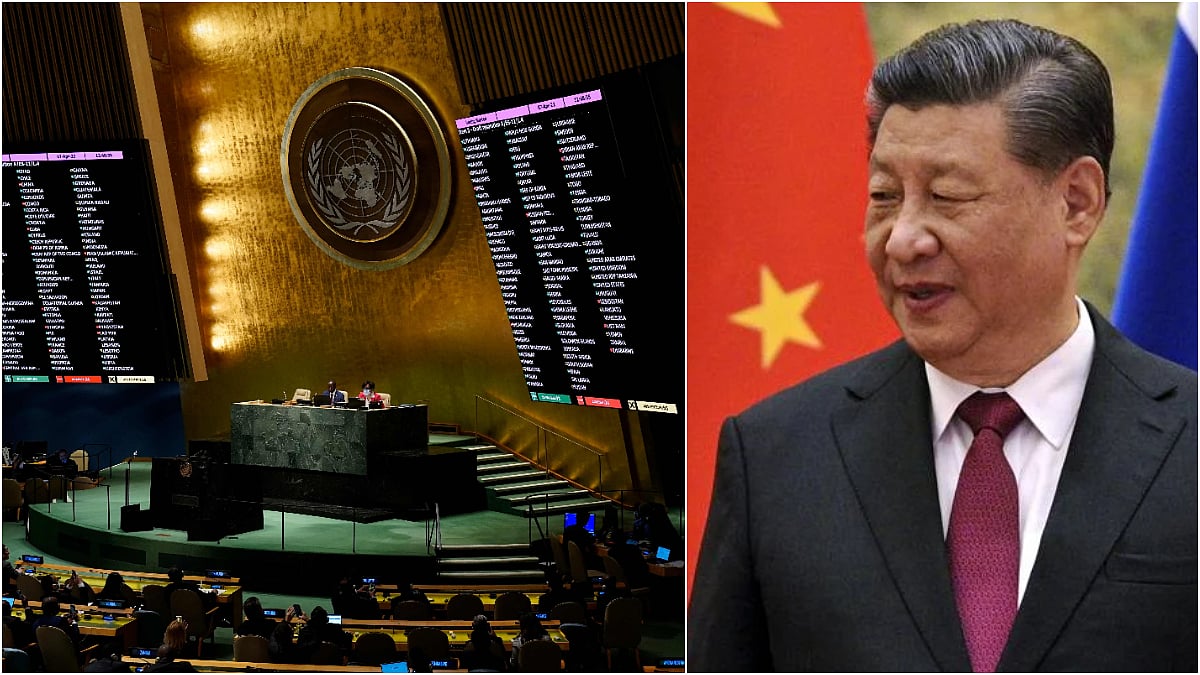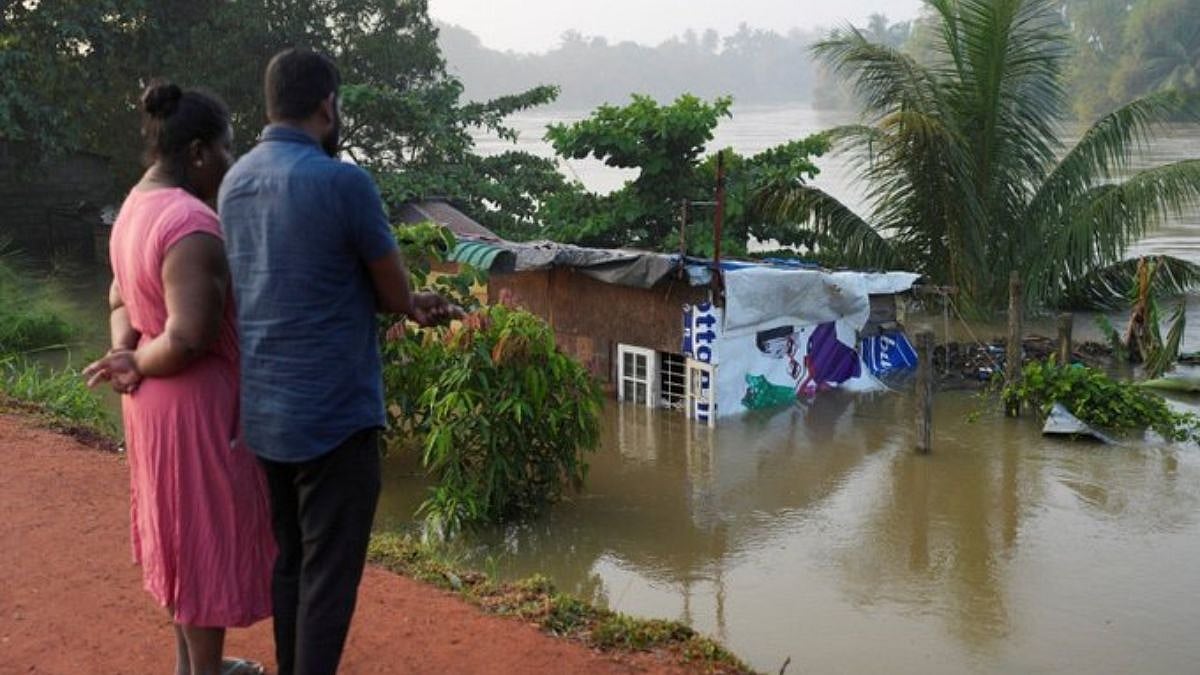Even amidst several medical, scientific, and high-tech breakthroughs that strengthen our fight against contagious diseases such as COVID-19, the humble act of handwashing with soap and clean water still tops the list of our arsenal.
According to the Centers for Disease Control and Prevention, a national public health agency of the United States suggests that keeping hands clean could protect about one out of every three young children who get sick with diarrhea and almost 1 out of 5 young children with respiratory infections like pneumonia - the top two killers of young children worldwide. This simple and low-cost intervention helps reduce the transmission of epidemic respiratory viruses, including influenza.
The moderate-frequency handwashing (6-10 times per day) is found to lower personal risk of coronavirus infection by more than a third, according to the Institute of Health Informatics, University College of London.
However, handwashing infrastructure and access to clean water are woefully inadequate across the world. WHO says that three billion people lack basic hand washing facilities with soap and water at home.
Over 40% global schools lack soap, water
A report from the WHO/UNICEF Joint Monitoring Programme found that over 40 percent of schools worldwide lacked access to basic handwashing with soap and water in 2019 - this would mean over 800 million children are at increased risk of COVID-19 other transmittable diseases.
India is working rapidly in ensuring safely managed piped water to all citizens. India’s Jal Jeevan Mission, a flagship water programme, aims to provide safe and adequate drinking water through individual household tap connections by 2024 to all households in the country. It has so far covered about 42 percent of about 190 million rural households.The rest remain unreached. A recent UNICEF report points out that over 90 million urban Indians lack basic hand washing facilities at home.
The National Sample Survey 2019, based on its survey of about six lakh households across India, found that about 97 percent of them had a designated place for washing hands, but not all of them had adequate cleaning facilities - water was not available in 14 percent of these households at the place where hands were washed. In urban areas, the share of such households was 6 percent, and in rural areas, about 18 percent. Even among the households with water, nearly 20 percent had no soap or any other traditional cleaning agents. These findings explain why only 36 percent of Indians washed their hands before eating, and only 74 percent cleaned their hands with soap after defecation.
COVID-19 accelerates personal hygiene
The role of messaging and communication - not just infrastructure, is inevitable in promoting hygiene practices among the public. Studies show that the gap between knowledge and practices of personal hygiene widely persists in India. The COVID-19 pandemic indeed accelerated advocacy efforts and promoted personal hygiene behavior.
According to Statista, hand sanitizers saw a 144 percent growth in sales in 2020, compared to last year, in India. The market for liquid hand wash grew by over 40 percent. But there is a need for long-term and extensive initiatives to create enough awareness among the public about the effectiveness of hand and toilet hygiene to make the positive changes permanent.
Water ATMs provide drinking water at affordable prices
A unique initiative in this direction seeks to leverage the presence of Water ATMs for information and education campaigns. These automated water dispensing units are run by multiple NGOs like USAID, Rite Waters, JanaJal, Waterlife, Drinkwell, and WaterHealth offers 24x7 safe drinking water to communities at affordable prices. Water ATMS are implemented mostly through Public Private Partnerships involving the state governments, municipalities and village panchayats.
Amplifying the usage of the Water ATMs, some of them have been doubled up as Water Knowledge Resource Centers to generate awareness on WASH issues, water conservation, and judicious use of water among the local communities. Such community led programs help engage with underserved communities who do not have access to proper WASH facilities.
The investment usually comes from the private sector’s CSR fund. In many cases, governments float tenders, while NGOs execute as implementation partners. Safe Water Network has installed 350 water ATMs across the states of Telangana, Maharashtra and Vidarbha region and western Uttar Pradesh. Additionally SWN is providing technical assistance to the Government of Karnataka to operationalize their 18,000 water ATMs across the states. These water ATMs are being maintained by the local communities, gram panchayats or local self-groups.
The ATMs follow a six-stage purification process and sell water at an affordable price of about Rs 5 for 20 litres. The revenues are used to cover the operating costs such as operator’s salary, electricity bill, raw water bill, and consumer bill. The water ATMs are technology-driven. Each one is assigned a number and is monitored through an IoT-based system. Besides, a field service entity overlooks maintenance and repairing issues - hence, the ATMs have less than 2 percent downtime.
Water ATMs each serve nearly 3,000 people - they meet the drinking water needs of about 1.4 million people across the country. As per an internal survey conducted by SWN, predominantly (92 percent) men collect water from the ATMs. The survey found that the loss of workdays was reduced by about 78 percent, school absenteeism by around 73 percent, and medical cost due to water borne diseases by over 60 percent.
Water discarded during the purification process is supplied to the neighbouring schools and households for non-drinking domestic use such as cleaning utensils and floors, washing clothes, and watering plants. These water ATMS are equipped with hand wash stations. Asha and anganwadi workers use water ATM locations for creating hygiene education in the communities. The survey also found that compared to non-users, about 17 percent of the users of water ATMs follow hand washing after using the toilet.
Adequate investment needed in clean water infra
Any initiative to overcome infectious diseases must put hand wash hygiene at the center. There is an urgent need for adequate investment in clean water infrastructure through piped water and WASH services.
As per the Global Hand Washing organization, an investment of $3.35 in handwashing promotion is estimated to deliver the same amount of health benefits as an $11 investment in latrine construction, a $200 investment in household water supply, or an investment of many thousands of dollars in immunizations.
Handwashing is substantially less expensive than other public health interventions. A 2013 study indicated that in some developing countries, annual net costs of diarrhea and pneumonia incur more than $12 billion per year, while estimated costs of a national handwashing program would be less than $100 million and bring $2 to $5 billion in savings.
Equally important are partnerships in messaging and knowledge dissemination about the need and importance of personal hygiene to ensure good health, wellness, and economic prosperity for all. These measures are important to protect people, especially during the pandemic. They will also go a long way in strengthening the resilience of India’s health system against a possible third wave of the pandemic and other health crises of the future.
(Poonam Sewak, Vice President - Program & Partnerships, Safe Water Network)
